What if someone told you that the oldest marketing tactic of all time is currently, and always has been, the most effective marketing tactic today? Yes, this marketing strategy is more effective than TV advertisements, direct selling, newspaper articles, email marketing, and just about every other strategy you can think of. This marketing tactic is something that you subconsciously participate in every day of your life. It is called “word-of-mouth”.
What makes word-of-mouth marketing the most effective marketing strategy? Let’s say that you go out to lunch with friends and one of them is wearing the cutest pair of jeans. When you ask your friend where she got the jeans from, she says she got them at the local thrift store. From this interaction, your friend gives you a reason to check out the local thrift store. This is an example of word-of-mouth marketing. It costs no money and hardly any work for the local thrift store, and the interaction is between the potential customer and a person the potential customer trusts.
So we know that word-of-mouth marketing is an excellent way to communicate goods and services, but what does this have to do with influencer marketing? Actually, it has everything to do with influencer marketing. When an influencer establishes a fan base of thousands, maybe millions, of followers, they are creating a fan base that trusts them. The fan base of an influencer could admire many things about them, such as their style, personality, music taste, humor, and so many other things. When an influencer features something in their content that their followers are intrigued by, the comments are often flooded with questions about the product or service. Influencer marketing is essentially word-of-mouth marketing but with a social media twist.
So what exactly defines a social media influencer anyways? Below are the different types of influencers based on how many followers they have.
1. Nano-influencers:
If an influencer has anywhere between 1k-10k followers, they are considered nano-influencer. Oftentimes, nano-influencers have very active engagement on their accounts and have a strong relationship with their following. If you are a small to medium-sized business that wants to test out influencer marketing, nano-influencers are a great place to start. A great place to find nano-influencers is on platforms like Instagram.
2. Micro-influencers:
When an influencer has between 10k-100k followers, they are classified as micro-influencer. Compared to nano-influencers, micro-influencers have a significantly larger audience. Even though their platform is larger, micro-influencers are still small enough to be considered “relatable”. A good time to use micro-influencers is when you are ready to focus on more leads and want to find someone more in your niche. Looking under hashtags related to your brand is a great way to find micro-influencers.
3. Macro-influencers:
If an influencer has between 100k-1M followers, they are considered a macro-influencer. They are much larger than nano-influencers and micro-influencers and tend to have broader content than micro-influencers. These types of influencers are considered “social media stars” who have established a significant social media presence. Due to the large number of followers, macro-influencers can be used to improve brand recognition and brand awareness. The best places to find these followers are through platforms like YouTube, Instagram, and TikTok.
4. Mega-influencers:
Once an influencer reaches over 1M+ followers on social media, they are classified as mega-influencers. These people are typically celebrities with eyes on them at all times. If your business has a large influencer budget, using a mega-influencer is an effective way to increase brand awareness and put your product or service in front of as many people as possible. Since mega-influencers are typically famous people, it is not hard to find them on social media.
So, should I use influencers in my marketing strategy?
Depending on the budget of your marketing campaign and the niche of your business, there are a variety of different ways to choose the right influencers. Make sure that the influencers you choose are engaged with their fan base, are within your product or service’s niche, and are free of any damaging scandals. There are several ways to reach out to influencers, such as sliding into their DM’s. Oftentimes, an influencer will put a business email address in their social media bio. Sometimes, big influencers have managers who assist them with brand negotiations. Besides choosing the right influencer, creating a deal that is beneficial for both parties is crucial for an effective influencer marketing campaign.
When it comes to compensation, some smaller influencers may be okay with receiving free merchandise as compensation, but often that is not the case. The standard for what to pay an influencer is about $10 per thousand followers. For example, if your influencer has 12k followers, you should pay them around $120 for that post. There may be times when an influencer tries to negotiate the pay for a sponsored post, and that is okay. They know their worth, and in this case, it is best to work out a deal that benefits everyone. Another way to compensate influencers is by creating a promo code for their audience to use when purchasing products or services. A promo code allows influencers to be compensated for the items they sell, and it also helps businesses keep track of how well their influencer marketing strategy is working.
Influencer marketing is the modern version of “word-of-mouth” advertising. If your business sells any products or services to consumers, influencer marketing is a great strategy to increase sales, raise brand awareness, and establish a good brand reputation. If you have any questions about how to incorporate influencer marketing into your marketing strategy, feel free to contact us at 330–234–9396 or email us at info@marqueecreatives.com!





